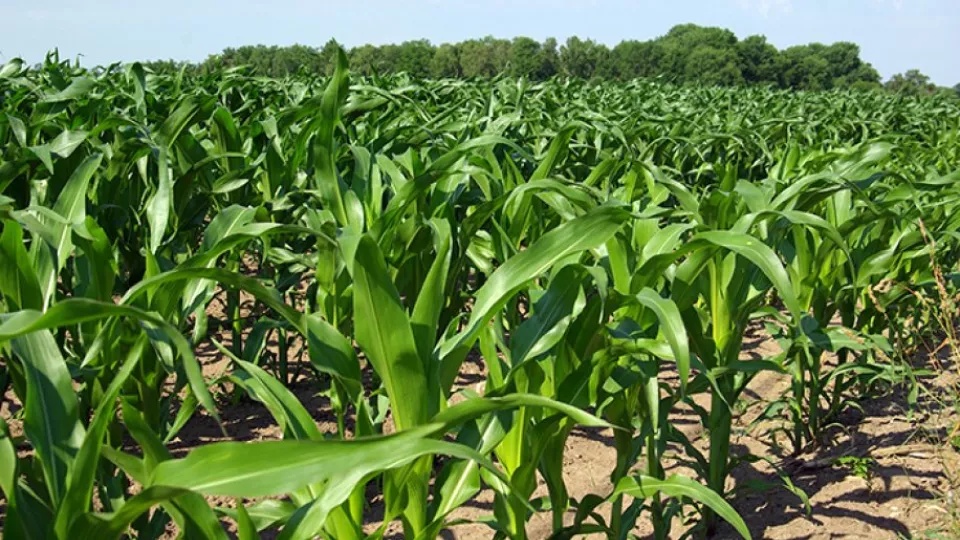The European Union (EU) has for many years been obstructed by the voting procedure regarding the authorisation of genetically modified (GM) crops for commercial cultivation in EU countries.
“Several countries regularly demonstrate voting behaviour that seems politically rather than scientifically motivated”, says Dennis Eriksson, researcher at the Department of Plant Breeding at the Swedish University of Agricultural Sciences and the article’s lead author. One of the co-authors is Nélida Leiva Eriksson, researcher in biochemistry at Lund University.
Dennis Eriksson, Nélida Leiva Eriksson and the other 11 co-authors from 12 countries have now presented a solution to overcome the problems associated with the voting procedure. In their article, they call on the EU Commission to introduce legislation that will allow EU countries to individually authorise the cultivation of GM crops that have passed the EU’s risk assessment. This would allow countries to benefit from plant types with characteristics that have considerable value nationally. It would also relieve pressure on the EU Commission, which would no longer be forced to take (or not take) decisions against the political will of several EU countries.
Two years ago, new legislation gave individual EU countries the right to prohibit the cultivation of GM crops despite EU-level authorisation. This effectively moved away from the harmonisation objective of the GMO Directive, towards giving national parliaments increased decision-making rights. Due to this, the authors consider that individual countries should also have the corresponding right to authorise the cultivation of GM crops.
“The risk assessment should remain a collective procedure in the EU as it is today, under the auspices of the European Food Safety Authority”, says Dennis Eriksson. “This enables more comprehensive and consistent assessments with greater resources and highly qualified, independent experts.”
“Our proposal would also provide more predictable conditions for both farmers and the market, enabling countries if they wish to allow crops with desirable characteristics that will, for example, reduce pesticide use, provide gluten-free cereals, and improve the nutritional and health-promoting qualities of our food.”
Article: Why the European Union needs a national GMO opt-in mechanism
